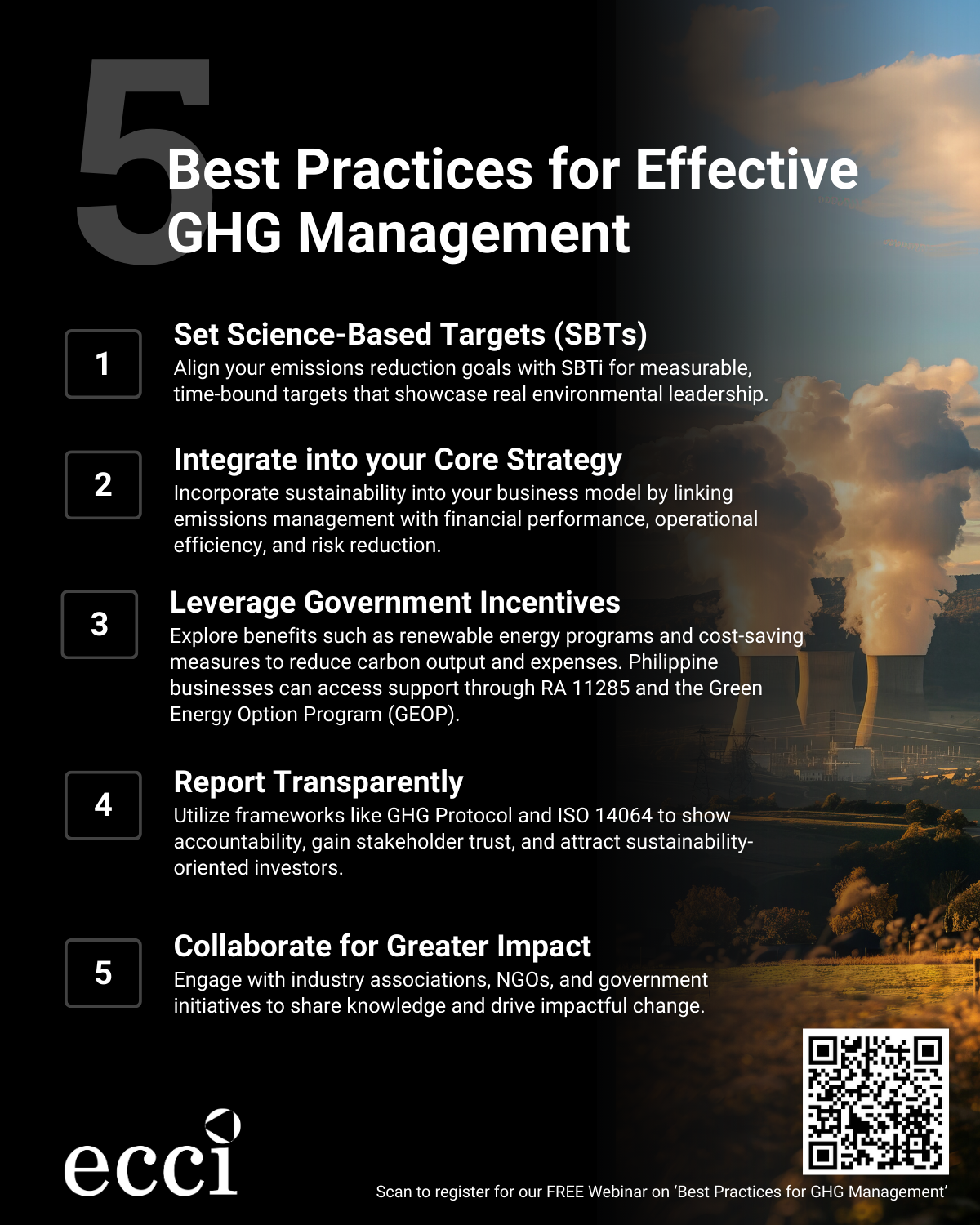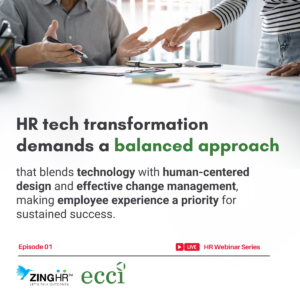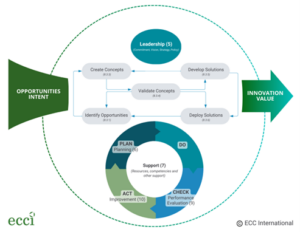Photo courtesy of Christina Morillo via Pexels. Creative Commons.
It goes without saying that change is inevitable among businesses, especially now that the current pandemic outbreak has caused an economic slowdown.
So, in order to mitigate the negative effects of COVID-19 to your business, as well as ensure business continuity, it’s important that you implement a pandemic preparedness plan.
How to Build a Pandemic Preparedness Plan for Businesses
Developing and implementing a pandemic guide for small business ensures that you can recover from any disruptive incidents that may arise ‒ be it a natural calamity or a new strain of influenza virus.
In fact, the current Coronavirus outbreak has shaken the world at all levels. Hence, it’s important for small businesses to have a pandemic plan. More so if your business is situated in the Philippines, wherein building a pandemic guide is no longer an option but a necessity.
That said, here are eight steps on how you can prepare your small business for any pandemic.
Create a Sense of Urgency
It’s important that the entire business wants to change in order for it to happen. So, for you to be able to spark the motivation for change, you should create a sense of urgency.
That doesn’t mean, though, that you should show poor sales statistics or an increase in competition to everyone in your company. It would be better if you identify potential threats and develop scenarios that could possibly happen in the future.
For instance, with the current COVID-19 pandemic, how do you think it would affect your business and the economy? And what can you do to mitigate it?
Get Support From Key People
Change often takes strong leadership and support from key people. In fact, according to John Kotter, a world-renowned change expert and author of Leading Change, 75% of a company’s management should “buy into” the change in order for it to be successful.
However, your key people don’t necessarily have to follow the traditional hierarchy. They can be any member of the organization who you deem can effectively and efficiently implement a business continuity management plan.

Photo courtesy of Jopwell via Pexels. Creative Commons.
Once you’re able to build your team of change leaders and stakeholders, your next step is to build a vision of how the change would look like for your company.
Visualize Change in Your Company
It’s a common scenario that many great ideas and solutions will float around when key people start thinking about change. The key here, however, is being able to link these concepts into an idea that everyone in your company can grasp.
To do that, describe in a sentence or two how you see the future of your company. From there, identify what organizational values you can tie into that change in order for it to push through.
Here’s the thing: Having a clear vision of an organizational change can help everyone understand what you would want to achieve. Plus, your directive will make more sense to them. It’s just a matter of how you communicate this vision.
Share Your Vision to the Company
What you do with that vision of change can impact its success. Hence, it’s important that you communicate about it to everyone within your organization.
Sure, your message may compete with the daily internal communications. But that only means that you need to communicate about change frequently and powerfully. Not to mention that it should be integrated into everything that you do.
Talk about change every chance that you get and “walk the talk”. Lastly, make sure that nothing hinders you from implementing changes in your business.
Eliminate Hurdles
As mentioned before, the key to successfully implementing changes within your small business is to get as much buy-in from all levels of your organization.
However, you’re less likely to achieve that if there are obstacles. This includes resistance, as well as systems and processes that prevent you from implementing changes.
In order to eliminate hurdles, consider doing the following:
- Appoint or hire someone who can review your current structure and processes.
- Identify the processes and systems that are getting in the way of change
- Take immediate action to remove the hurdles.
- Identify people who are resisting the change, and educate them on why it’s needed.
- Recognize and reward people who help make change happen.
Keep in mind that implementing changes within your organization has to do with putting the proper structure in place, as well as continually identifying barriers.
Create Quick Wins
Success is what motivates people to continue what they are doing. That said, it would be a good idea to create quick wins.
Give your small business a taste of victory within a month or a year. Something that everyone can see. Doing so prevents naysayers from slowing down your progress.
The key here is creating short-term targets that can contribute to your long-term goal.
Build on What Went Right
According to Kotter, a lot of change projects fail because of the premature declaration of victory.
The thing is that real change runs deep. So, in order for your business to really embrace change, you need to build on what went right. Not to mention that you should continually look for improvements.
From there, you can identify ways on how to make any changes stick.
Make it Part of Your Company Culture
In order to ensure business continuity, it’s important to make the change a part of your company culture. That’s because it determines how things are done.
Make the effort to see that change is continually implemented within every aspect of your business. Doing so allows that change to have a solid place with your company culture.
There’s no denying pandemic preparedness for small businesses is important now more than ever. Nonetheless, implementing a business continuity plan requires hard work and a lot of patience. So, if you need help in developing, planning, and implementing change management processes, ECCI offers assistance in building a business continuity management system.








